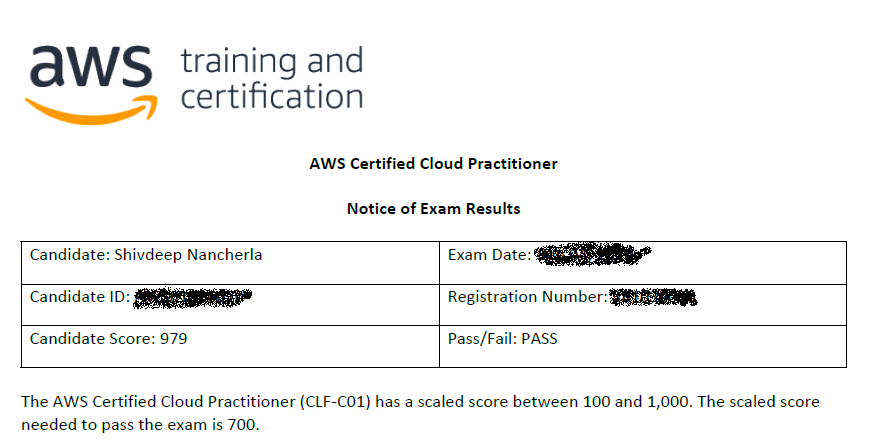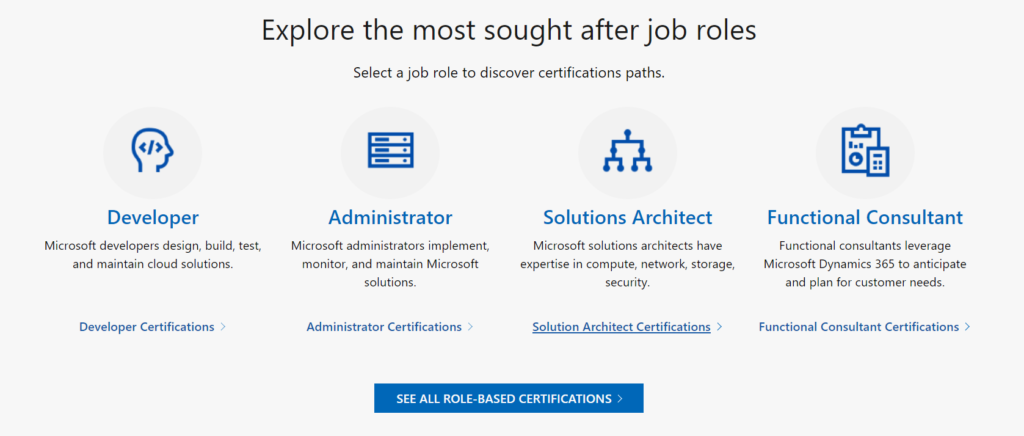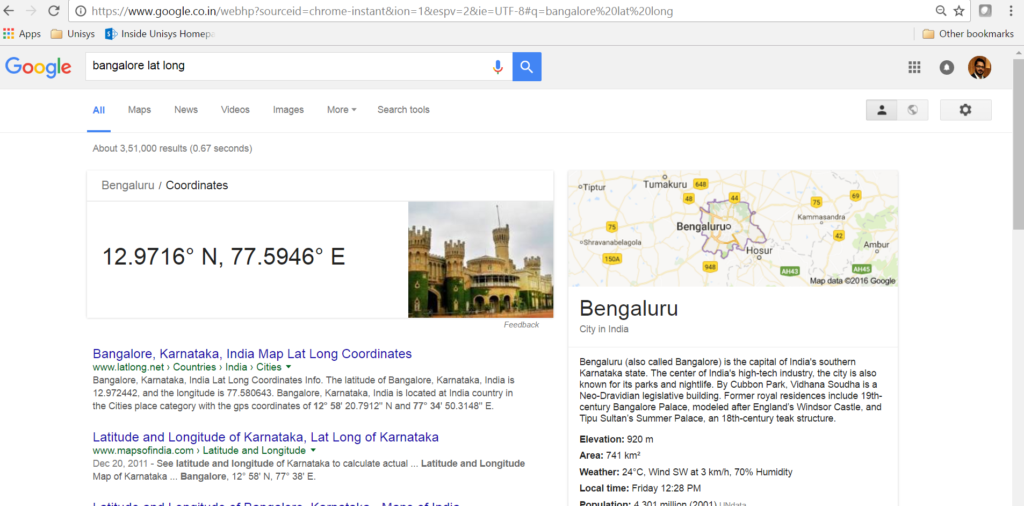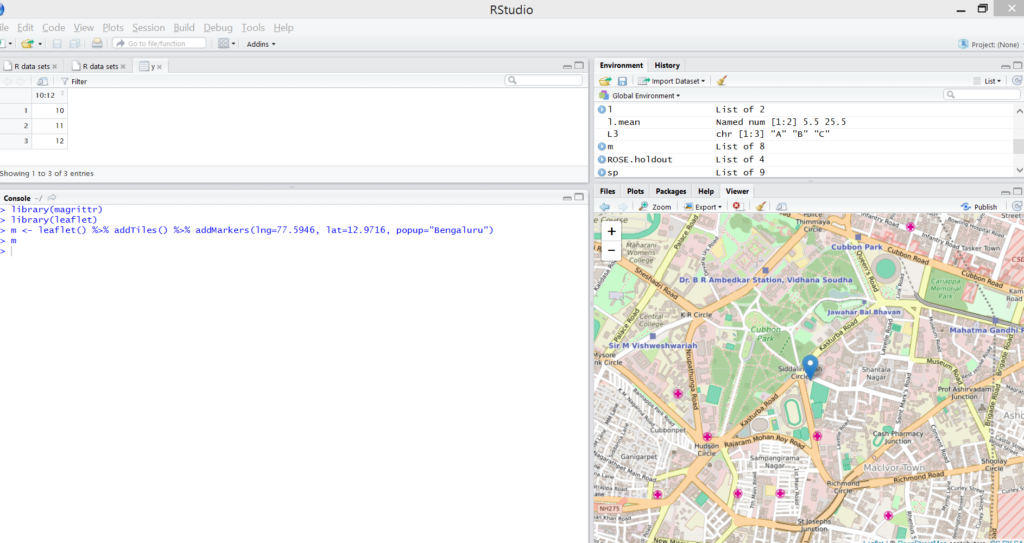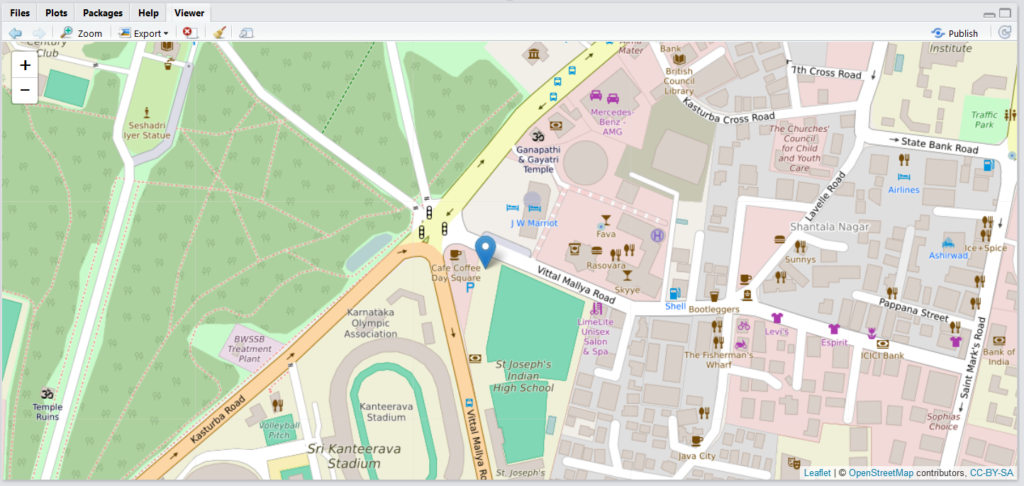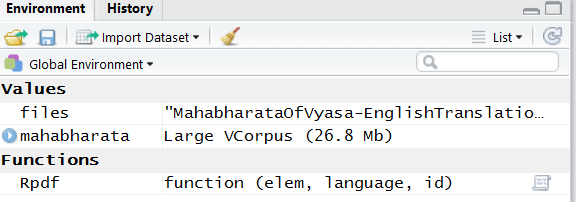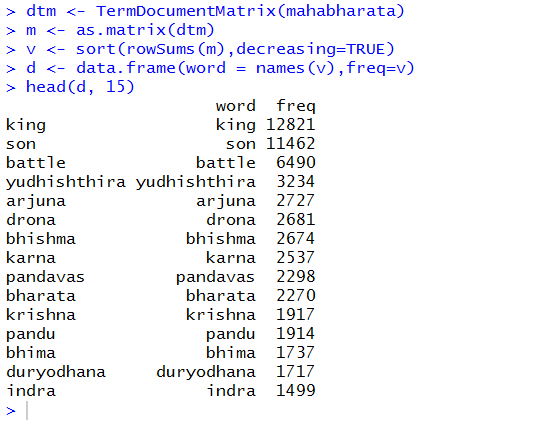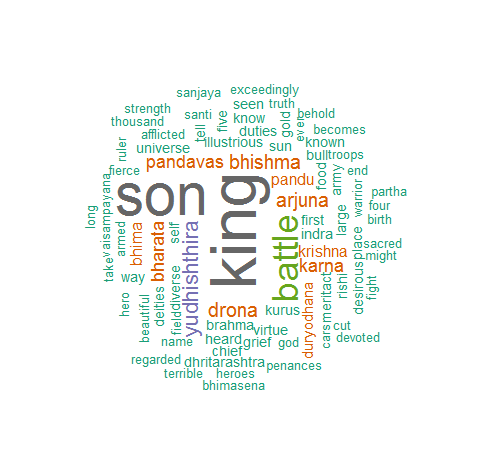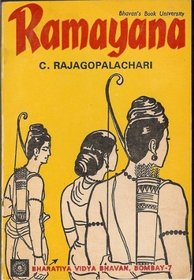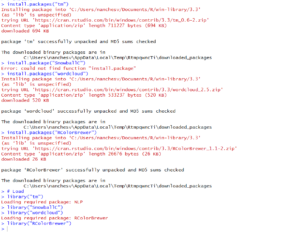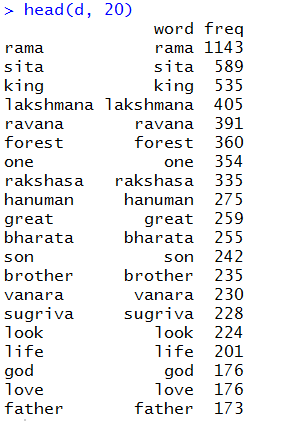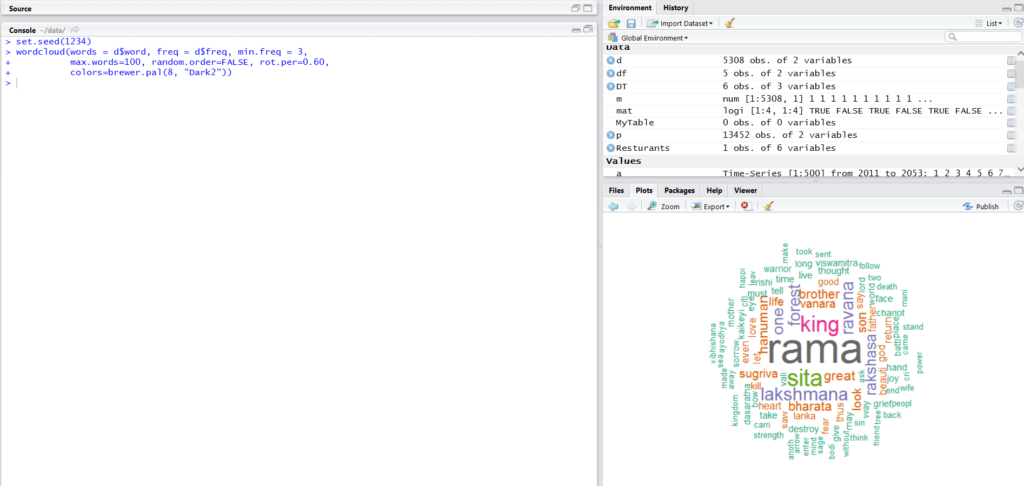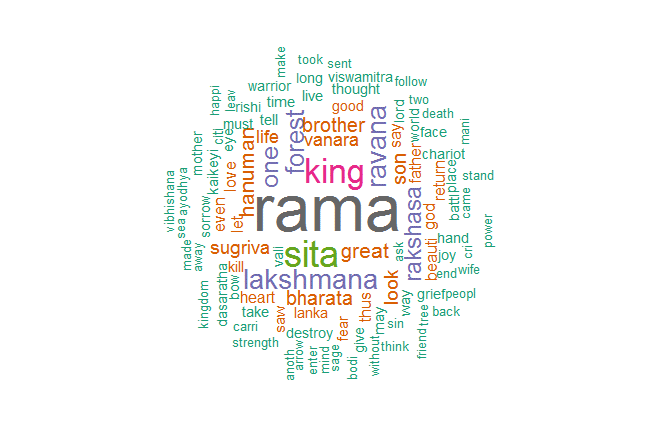When I became the President of the Unisys Ritoras Toastmasters club last term, I did not know what to expect. Six months down the line, I must say I am glad I took the plunge! Leaders are not born as popular opinion states, Leaders are made. Opportunities to practice becoming a leader are everywhere, but the ability to practice without causing major disruption is what Toastmasters provides. Just as Toastmasters meetings provide a mutually supportive and positive learning environment where one is not judged, being an office bearer promises to provide an ecosystem to hone ones leadership skills. Being a Leader of a club has given me ample opportunities to learn from difficult situations, and I am getting better with each and every engagement.
The meeting is the stage where you learn speaking, backstage is where you learn leadership.
Skills I continue to sharpen in the process are small group leadership, problem solving, conflict management, compliance with procedures, organizing groups to accomplish tasks/ events, providing tactful and constructive feedback, etc. If you are looking for becoming a better leader, the opportunity is now!
Roles one can pickup in Toastmasters are
| President
The President presides at meetings of the Club, has general supervision of the operations of the Club. Serves as one of the Club’s representatives on Area and District Councils. |
| Vice President Education
Plans and directs club programs which meet the educational needs of the Club members. Plans and publishes regular schedules of meeting assignments. Keeps track of member’s progress towards goals. Serves as one of the Club’s representatives on Area and District Councils. |
| Vice President Membership
Plans and directs programs to retain and increase club membership. Serves as one of the Club’s representatives on Area and District Councils |
| Vice President Public Relations
Develops and directs programs that inform individual members and the general public about Toastmasters International and about Club activities. |
| Secretary
The Secretary is responsible for Club records and correspondence. Maintains the club roster. Has custody of the Club’s charter, Constitution, Bylaws, and all other records and documents of the club. Keeps an accurate record of the meetings and activities of the Club. |
| Treasurer
The Treasurer is responsible for Club financial policies, procedures and controls. Collects dues and pays dues to Toastmasters International, and maintains records. Makes financial reports to the Club at least quarterly. Receives and disburses, with approval of the Club, all Club funds. |
| Sergeant at Arms
Prepares meeting room for meeting. Maintains Club property, including banner, nametags, and supplies. Greets visitors. Chairs Social and Reception Committees. |
Additional information can be found at the Toastmasters website –
https://www.toastmasters.org/Leadership-Central/Governing-Documents
